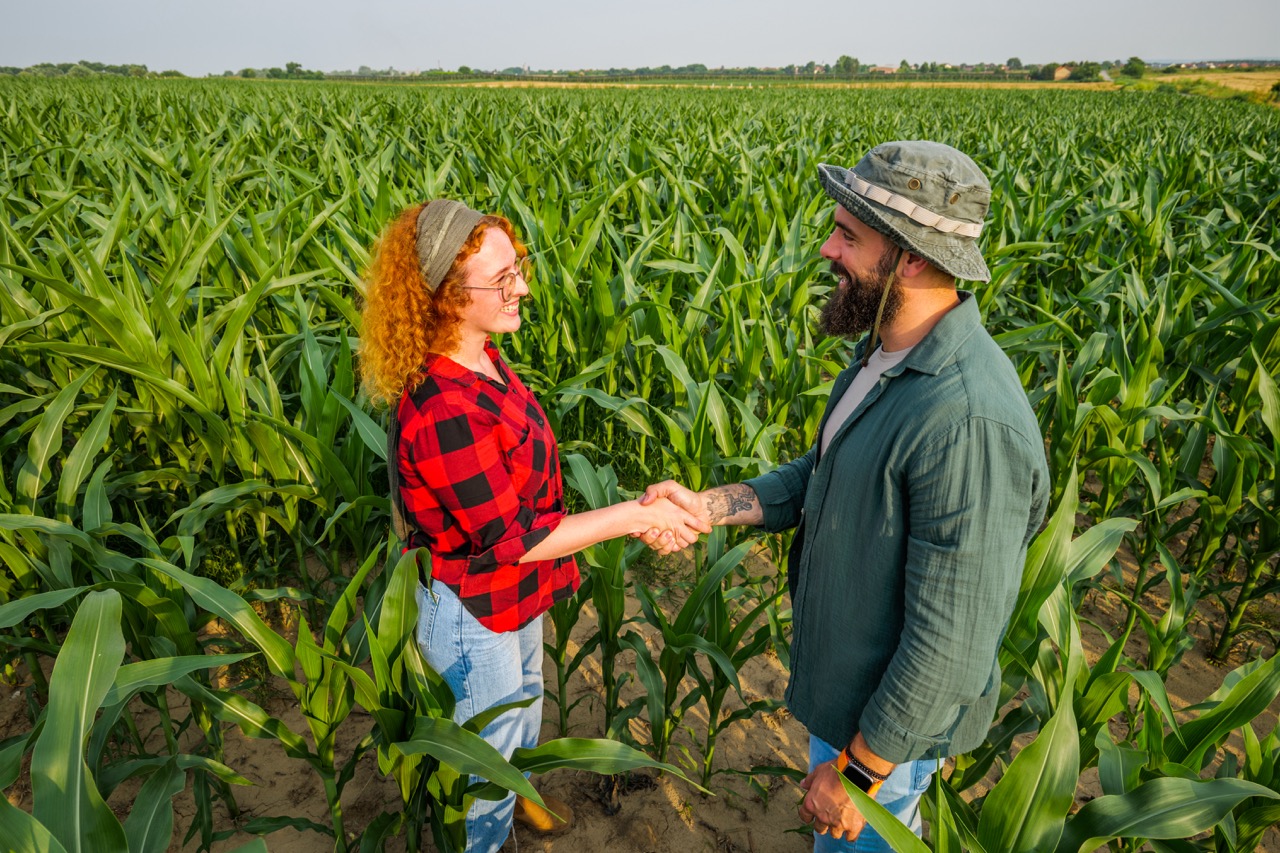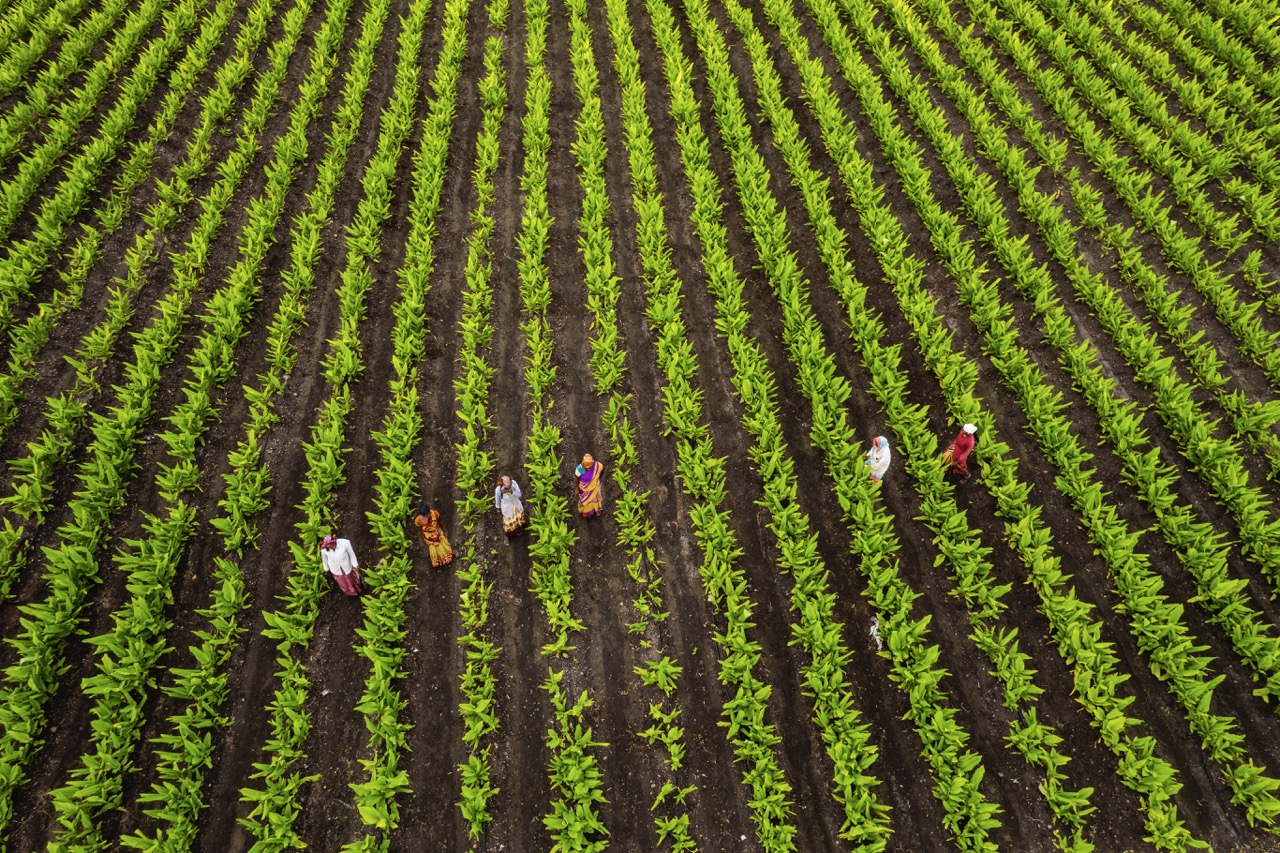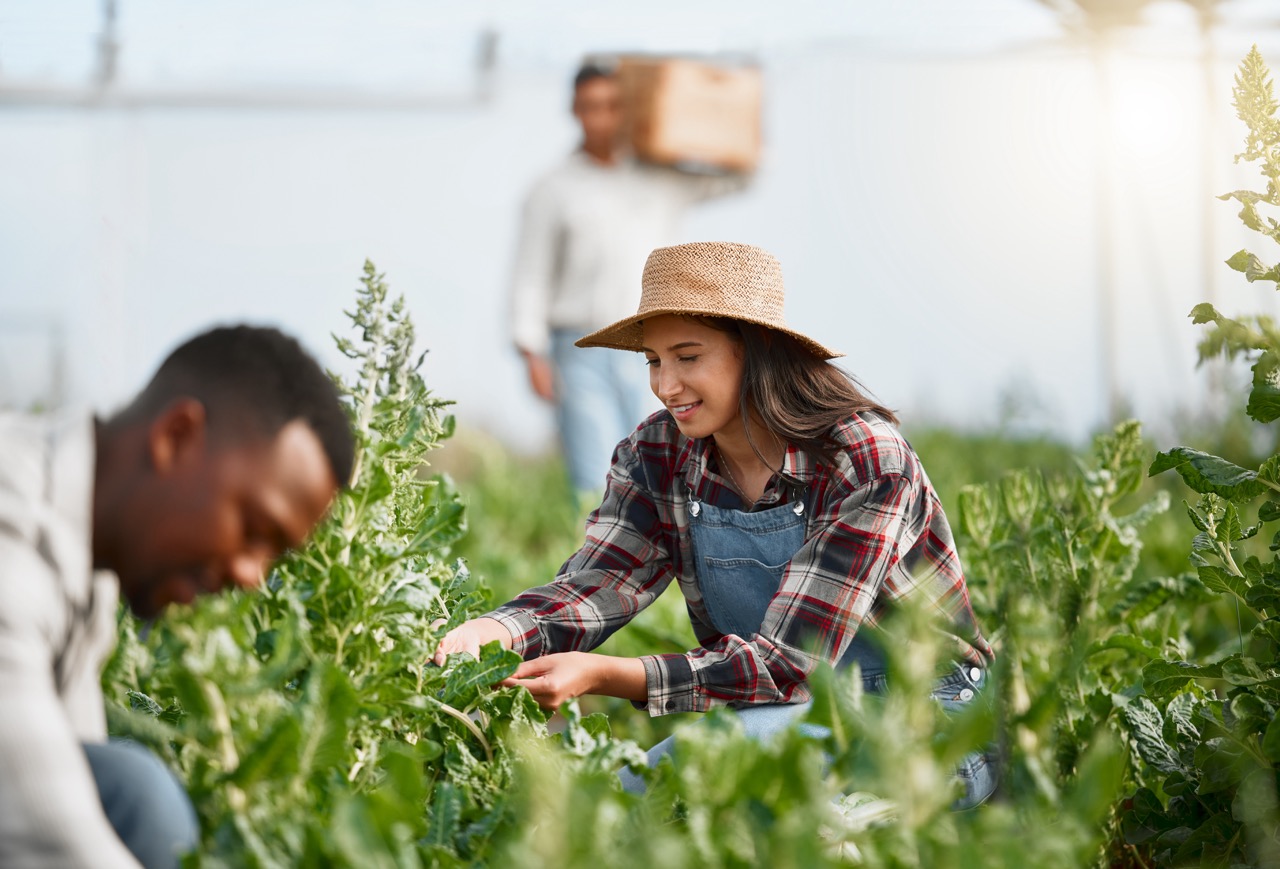Sharecropping is a historical agricultural practice that involves tenant farmers working a portion of land owned by a landowner in exchange for a share of the crops produced. While often associated with exploitative labor systems, particularly in the post-Civil War American South, sharecropping has evolved into a model that can bolster local agricultural cooperatives. In recent years, the resurgence of interest in cooperative farming has prompted a reevaluation of sharecropping’s role in enhancing agricultural productivity and sustainability. This article will explore the complexities of sharecropping, its empowering effects on local cooperatives, its economic impacts on rural communities, and its potential future in the context of sustainable agriculture.
Understanding Sharecropping and Its Historical Context
Historically, sharecropping emerged as a compromise between landowners and newly freed African American populations in the Southern United States. This system allowed tenant farmers to cultivate land without the means to purchase it, while landowners benefited from a labor force willing to work the fields for a share of the harvest. Over time, sharecropping became a double-edged sword, often leading to cycles of debt and economic dependency that restricted the mobility of sharecroppers. Despite its challenges, sharecropping laid the groundwork for cooperative movements that would later advocate for better rights and fairer profits for farmers.
In many regions, sharecropping was not limited to racial lines, as poor white farmers also participated in this system, further intertwining socio-economic classes within rural communities. The legacy of sharecropping can still be felt today, as it has influenced agricultural practices and land ownership dynamics. The historical context of this practice compels us to examine how it has the potential to adapt to modern agricultural cooperatives, which emphasize collective ownership and equitable distribution of resources.
The revival of cooperative farming in recent decades has prompted a reevaluation of sharecropping’s role in supporting sustainable agricultural practices. By linking sharecroppers to cooperatives, farmers can gain access to resources, technical assistance, and markets that they previously lacked. This modern interpretation of sharecropping reflects a shift towards mutual benefit, as both landlords and sharecroppers can work together to improve agricultural output and economic stability.
How Sharecropping Empowers Local Agricultural Cooperatives
Sharecropping can serve as a catalyst for the growth of agricultural cooperatives by creating an inclusive environment for small-scale farmers. When sharecroppers join cooperatives, they benefit from collective bargaining power, which enables them to negotiate better prices for their goods and access to essential services such as seeds, tools, and training. This access not only enhances productivity but also fosters a sense of community, as farmers collaborate towards common goals and share knowledge and resources.
Additionally, cooperatives often provide a platform for integrating sustainable farming practices that can be shared among members. For instance, by pooling knowledge and resources, sharecroppers can adopt practices such as crop rotation, organic farming, and efficient water management. These practices not only enhance the quality of produce but also contribute to the resilience of local ecosystems, showcasing how sharecropping can align with environmentally conscious farming.
The empowerment of sharecroppers through cooperatives also has a significant impact on local governance and community engagement. As sharecroppers become more organized and informed, they gain a voice in agricultural policy discussions that affect their livelihoods. This empowerment fosters a participatory model of agricultural development, where farmers advocate not only for their rights but also for policies that promote food security and sustainable practices within their communities.
Economic Impacts of Sharecropping on Rural Communities
The economic implications of sharecropping are profound, as this system can uplift entire communities when aligned with cooperative models. Sharecroppers often reinvest their earnings into their local economies, purchasing goods and services from nearby businesses. This creates a multiplier effect, where the financial benefits of agricultural output cycle through the community, stimulating growth and development. As sharecroppers gain better access to markets through cooperatives, they can achieve higher income levels, which enhances the overall economic health of rural areas.
Moreover, agricultural cooperatives can create job opportunities beyond farming, as they often require support staff for logistics, marketing, and management. This diversification can alleviate economic pressures within rural communities, providing alternative employment avenues and reducing reliance on a single agricultural income source. Consequently, sharecropping, when integrated with cooperative models, contributes to the stability and resilience of rural economies.
However, it is essential to acknowledge the potential risks associated with sharecropping. If not managed properly, the system can still perpetuate cycles of debt and dependency, particularly for those who lack access to cooperative resources. Ensuring that sharecroppers receive fair compensation and support is crucial to maximizing the positive economic impacts while mitigating potential exploitation. Therefore, a critical assessment of the sharecropping-cooperative relationship is necessary to fully understand its implications.
Future Prospects: Sharecropping and Sustainable Agriculture
Looking ahead, the relationship between sharecropping and sustainable agriculture presents an opportunity for innovative agricultural practices. As global agricultural challenges intensify due to climate change and resource depletion, the collaborative nature of cooperatives can foster adaptive strategies that enhance resilience. Sharecropping can facilitate a transition towards regenerative practices, allowing communities to collectively address environmental concerns while securing their livelihoods.
The integration of technology into cooperative sharecropping models holds promise for the future of agriculture. For instance, digital platforms can connect sharecroppers with markets, provide access to agricultural data, and offer training in sustainable practices. By embracing technology, sharecroppers can optimize their operations, making them more efficient and environmentally friendly, while simultaneously improving their economic outcomes.
Ultimately, the future of sharecropping in the context of sustainable agriculture hinges on the commitment to equity and collaboration. By prioritizing the voices of sharecroppers and fostering inclusive policies, agricultural cooperatives can ensure that the benefits of farming are shared among all participants. This vision not only supports the livelihoods of farmers but also contributes to the broader goal of achieving food security and environmental sustainability.
In conclusion, sharecropping has the potential to play a transformative role in supporting local agricultural cooperatives, particularly when aligned with sustainable practices. By understanding its historical context, recognizing its empowering effects, and considering its economic implications, stakeholders can better navigate the complexities of this agricultural practice. As we move forward, the collaborative nature of sharecropping and cooperatives can pave the way for innovative solutions to the pressing challenges faced by rural communities and the agriculture sector at large. Embracing this evolution may lead to a more equitable and sustainable future for all involved in the agricultural landscape.










